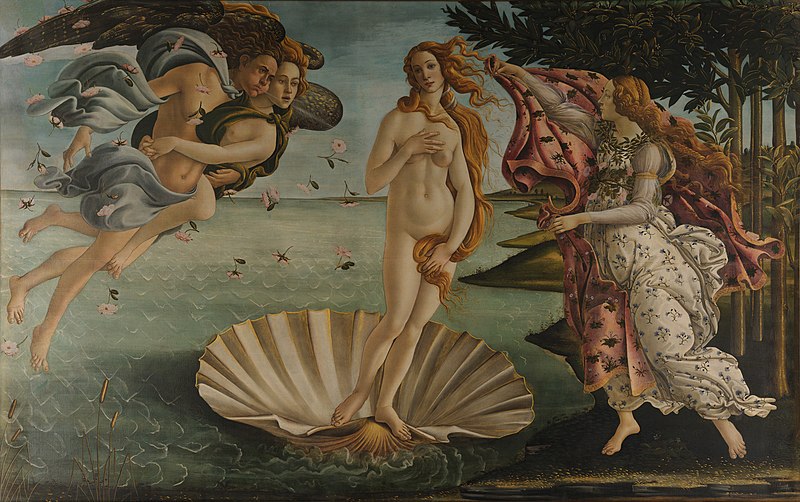 As in all other branches of science, there seem to be fascinating new theories, research and discoveries in neuroscience on a daily, if not hourly, basis. With this in mind, brain and cognitive researchers have recently turned their attentions to the science of art, or more specifically to addressing the question “how does the human brain appreciate art?” Yes, welcome to the world of “neuroaesthetics”.
As in all other branches of science, there seem to be fascinating new theories, research and discoveries in neuroscience on a daily, if not hourly, basis. With this in mind, brain and cognitive researchers have recently turned their attentions to the science of art, or more specifically to addressing the question “how does the human brain appreciate art?” Yes, welcome to the world of “neuroaesthetics”.
[div class=attrib]From Scientific American:[end-div]
The notion of “the aesthetic” is a concept from the philosophy of art of the 18th century according to which the perception of beauty occurs by means of a special process distinct from the appraisal of ordinary objects. Hence, our appreciation of a sublime painting is presumed to be cognitively distinct from our appreciation of, say, an apple. The field of “neuroaesthetics” has adopted this distinction between art and non-art objects by seeking to identify brain areas that specifically mediate the aesthetic appreciation of artworks.
However, studies from neuroscience and evolutionary biology challenge this separation of art from non-art. Human neuroimaging studies have convincingly shown that the brain areas involved in aesthetic responses to artworks overlap with those that mediate the appraisal of objects of evolutionary importance, such as the desirability of foods or the attractiveness of potential mates. Hence, it is unlikely that there are brain systems specific to the appreciation of artworks; instead there are general aesthetic systems that determine how appealing an object is, be that a piece of cake or a piece of music.
We set out to understand which parts of the brain are involved in aesthetic appraisal. We gathered 93 neuroimaging studies of vision, hearing, taste and smell, and used statistical analyses to determine which brain areas were most consistently activated across these 93 studies. We focused on studies of positive aesthetic responses, and left out the sense of touch, because there were not enough studies to arrive at reliable conclusions.
The results showed that the most important part of the brain for aesthetic appraisal was the anterior insula, a part of the brain that sits within one of the deep folds of the cerebral cortex. This was a surprise. The anterior insula is typically associated with emotions of negative quality, such as disgust and pain, making it an unusual candidate for being the brain’s “aesthetic center.” Why would a part of the brain known to be important for the processing of pain and disgust turn out to the most important area for the appreciation of art?
[div class=attrib]Read entire article here.[end-div]
[div class=attrib]Image: The Birth of Venus by Sandro Botticelli. Courtesy of Wikipedia.[end-div]
